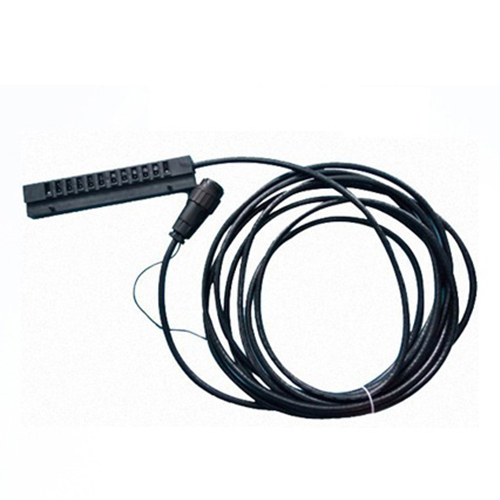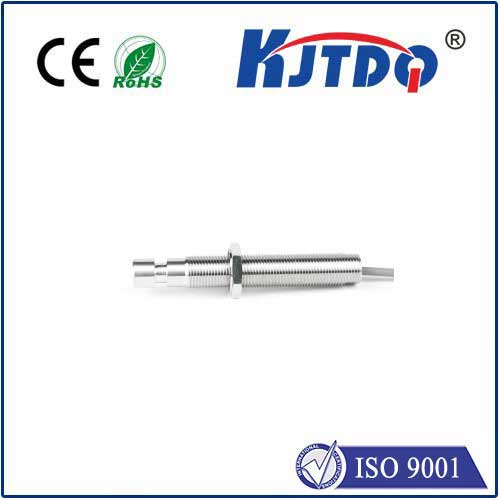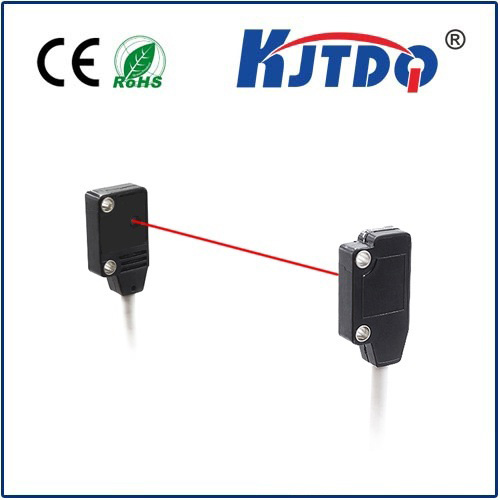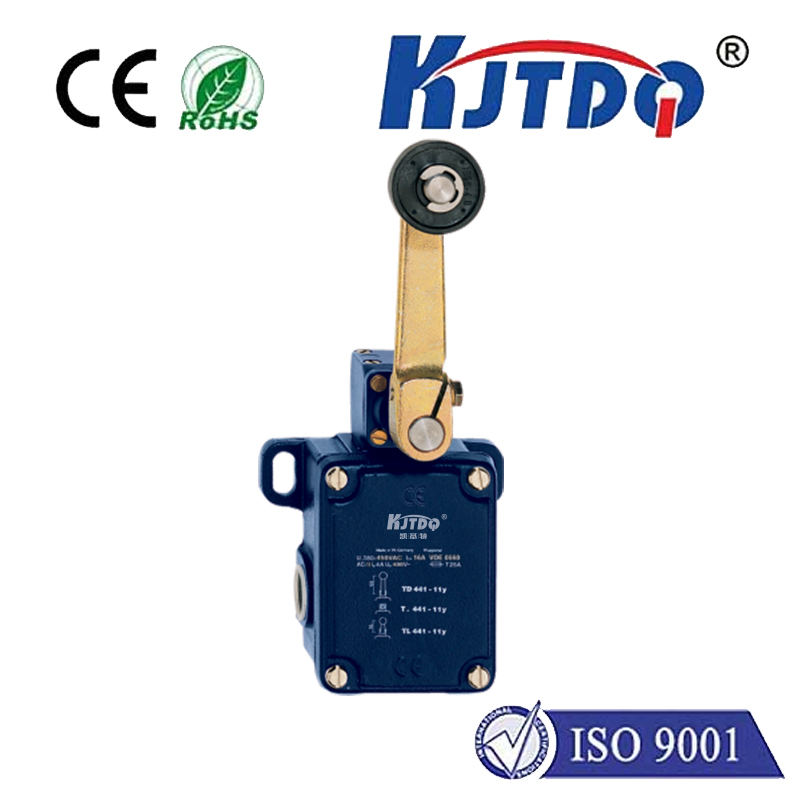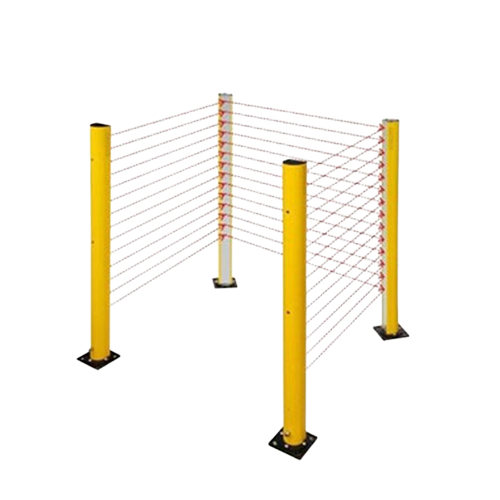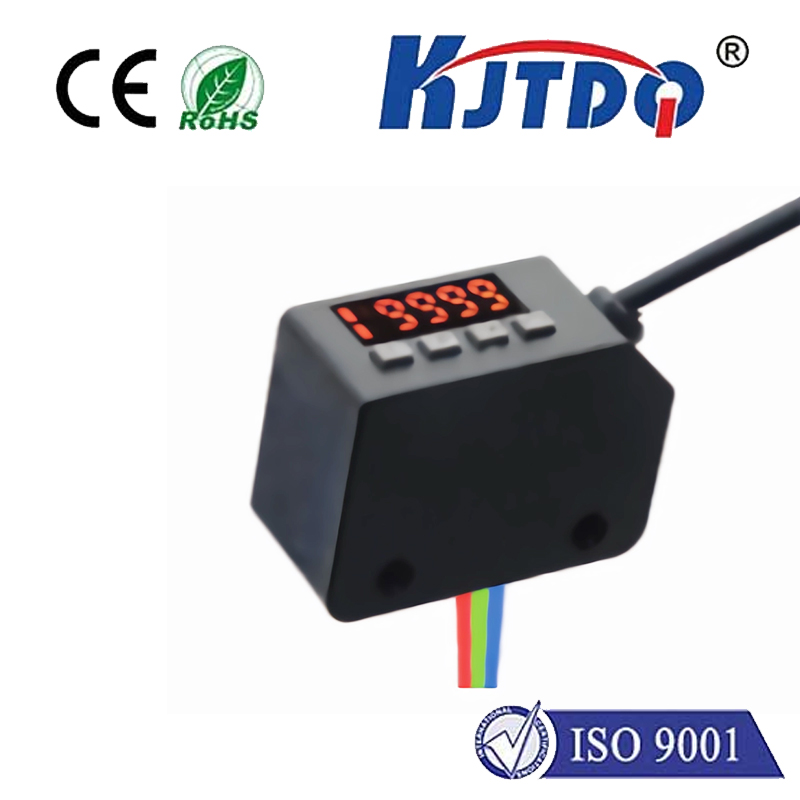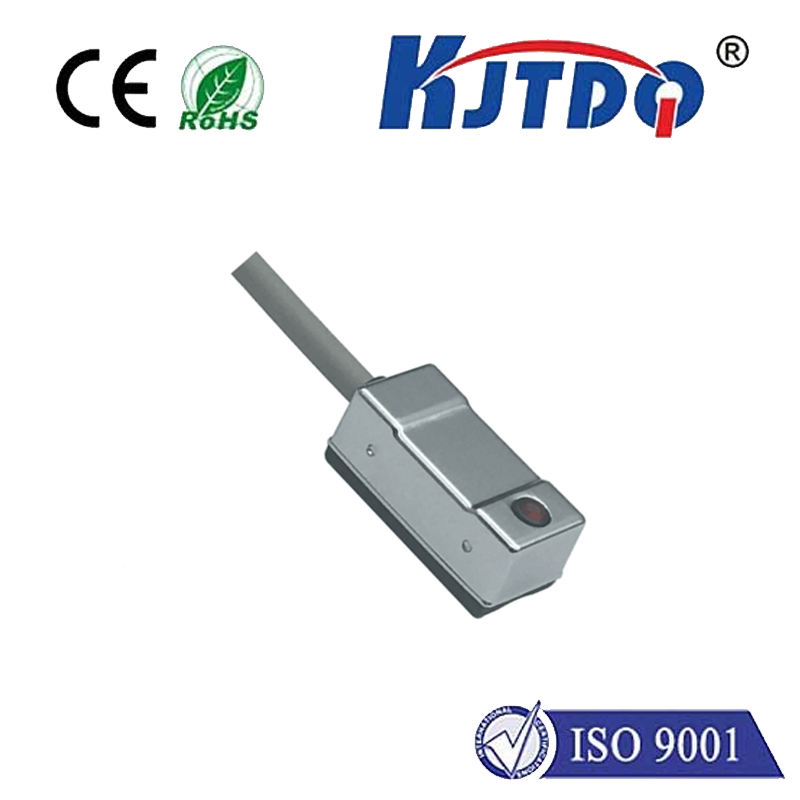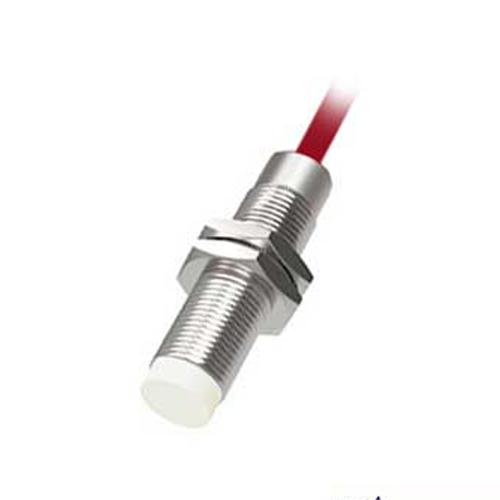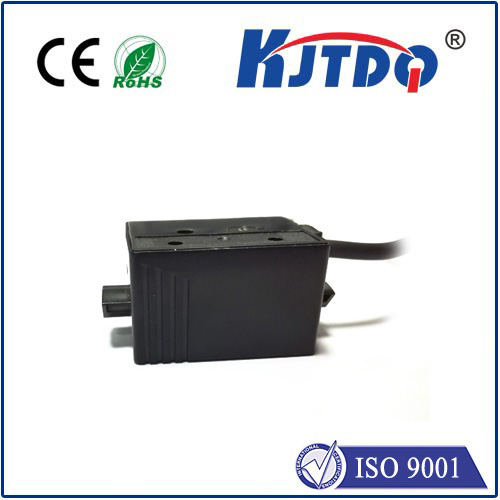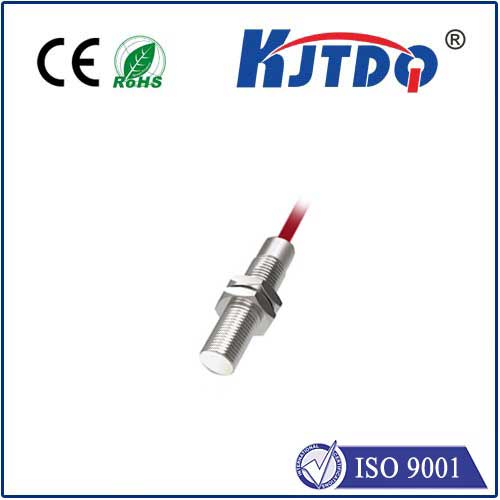

check

check

check

check

check

check

check

check

check

check
Subtitle: How They Work and Their Applications in Technology
Content:
Proximity sensors are a remarkable technology that has found its way into various fields, including marine biology. Among these sensors, dolphin proximity sensors hold a unique place due to their high sensitivity, accuracy, and reliability. This article aims to delve into the science behind dolphin proximity sensors, their working principle, applications, and future prospects.
At its core, a dolphin proximity sensor is a type of ultrasonic sensor that emits and detects sound waves. Unlike traditional infrared or visible light sensors, which work on specific wavelengths, ultrasonic sensors can detect sounds within a wide range. When an object approaches the sensor, it vibrates at its resonant frequency, creating echoes that the sensor interprets as a signal. The distance between the sensor and the object can be calculated based on how long it takes for the echo to return.
Dolphin proximity sensors have several advantages over other types of ultrasonic sensors. For one, they are highly sensitive, allowing them to detect even small objects or movements. Additionally, they are non-invasive, making them suitable for use in marine environments where contact with living beings should be avoided. Furthermore, dolphin proximity sensors are low-maintenance, making them ideal for long-term deployment.
In the field of marine biology, dolphin proximity sensors have several practical applications. One such application is tracking the migration patterns of dolphins. By using multiple sensors distributed along the migration path, researchers can accurately monitor the behavior and movements of individual dolphins, as well as entire groups. Dolphins proximity sensors can also be used for underwater research, such as studying coral reef ecosystems or tracking the distribution of marine species.
Another exciting application of dolphin proximity sensors is in the development of autonomous underwater vehicles (AUVs). These vehicles could use the same technology as dolphin proximity sensors to navigate underwater without human assistance. This would significantly reduce the risk to human divers and increase efficiency in exploration and mapping tasks.
As with any emerging technology, there are still some challenges to overcome before dolphin proximity sensors can be widely adopted. One such challenge is improving the accuracy and range of the sensors. While current models can detect objects from several meters away, further improvements could allow them to detect objects from even greater distances or in more complex environments. Additionally, developing robust and reliable algorithms to interpret the sensor data is crucial to ensure accurate readings even in noisy or unpredictable conditions.
In conclusion, dolphin proximity sensors are an innovative technology with immense potential in various fields, particularly marine biology. As research continues to advance this technology, we can expect to see new applications and improvements that will make them even more useful in addressing important environmental and scientific challenges.
